Teaching in the last 150 years
1870 was a defining moment in the University’s long history and yet the move from the High Street to Gilmorehill didn’t bring an immediate change in teaching. The new buildings provided better but not different facilities, the curriculum was unchanged and teaching continued to be almost entirely by lecture, usually given by the professors.
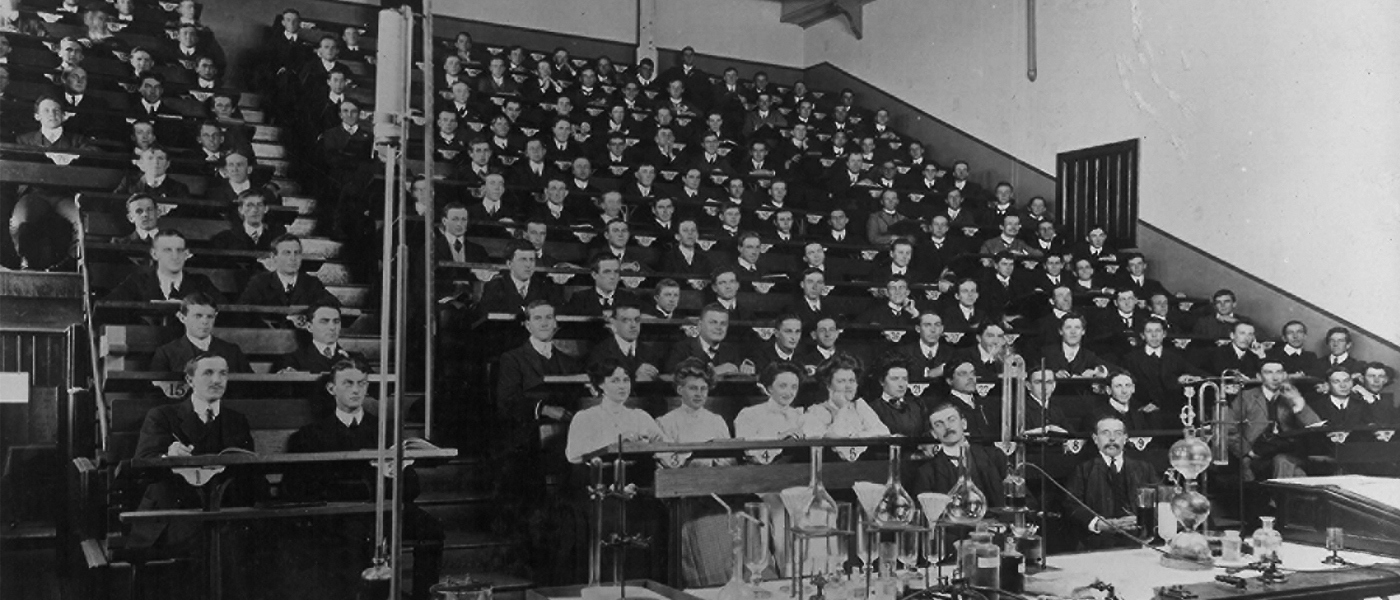
Lectures began at 8am in gas-lit rooms (electric lighting was introduced to the University in the 1890s by Lord Kelvin). The “hurry” bell would ring until five minutes past the hour while students crowded on the benches with their coats and bags. Attendance was checked by roll-call or by having the student at the end of each bench record absentees. The professor entered in his gown and lectured for 50 minutes. Latecomers were not always permitted to enter.
Lectures were heavily factual and avidly copied by the students. Some professors were entirely formal in their lectures, although others tried to gauge the understanding of their students and respond to it.
Through the early decades of the 20th century the growing number of lecturers led to the introduction of brief tutorials and more contact between staff and students, and labs gave a limited opportunity for questions.
Major changes in teaching came with increased government funding in the 1950s and 1960s which brought in more staff, new subjects and classes, and a more personal approach to teaching. Lectures were delivered by teams of male and female staff rather than the professor alone, and there were also individual tutorials, seminars, printed hand-outs, more sophisticated lab work and, later, extensive computing facilities.
A recent innovation in higher education is the virtual learning environment, an online system where students can download lecture notes, submit assignments and get announcements from their lecturers. Gone are the days when a missed lecture meant begging a friend for their notes.
Space to learn
Lecturers today have a whole array of tools to support learning including video, PowerPoints, interactive whiteboards and social media, and there are new styles of teaching that focus on active learning, where students can interact with one another and actively participate in the class. It is important that the spaces we design support these changes.
“Students love our old buildings but you don’t want them to be constrained in lecture theatres and labs that were built for traditional styles of teaching,” says senior lecturer in Information Studies Ann Gow. “The students need to be able to move around and talk to each other and have access to technology, and then come back to the space together as a group or as individuals. What the new Learning Hub offers is the opportunity for blended learning with flexible spaces that will support different forms of teaching.”
A large number of TEAL (technology-enhanced assisted learning) rooms are planned for the Learning Hub. “We’re talking about rooms that will fit around 60 students,” explains Ann, “with tables around which the students can operate in small groups but where there’s also a space for someone to give a short lecture, and with access to technology that allows the students to conduct research and then present to their group or the whole room.”
Ann, who was awarded a Teaching Excellence Award earlier this year for her outstanding contribution to teaching and student support, believes that the new spaces in the Learning Hub will be hugely beneficial. “It’s the idea that we can break out of the space we are in at the moment and think differently, and how we take it forward in partnership with the students is really critical for me.
“Students will be offered excellent teaching, the best teaching they can get and that’s going to be supported by the space.”
This article was first published in December 2018.


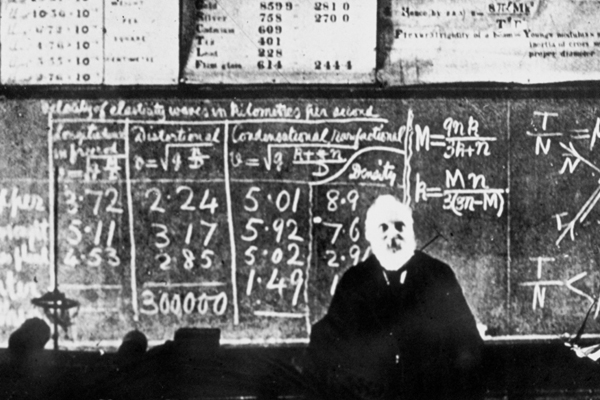
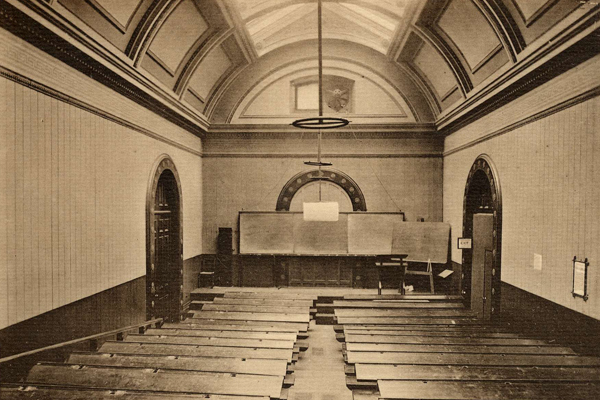 Lecture Hall in Queen Margaret College, 1890s
Lecture Hall in Queen Margaret College, 1890s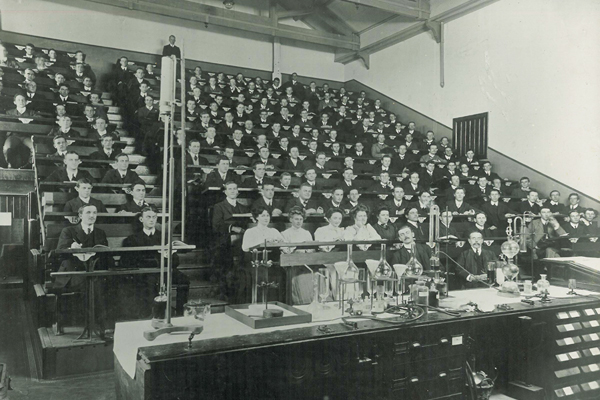 Chemistry lecture theatre around 1900
Chemistry lecture theatre around 1900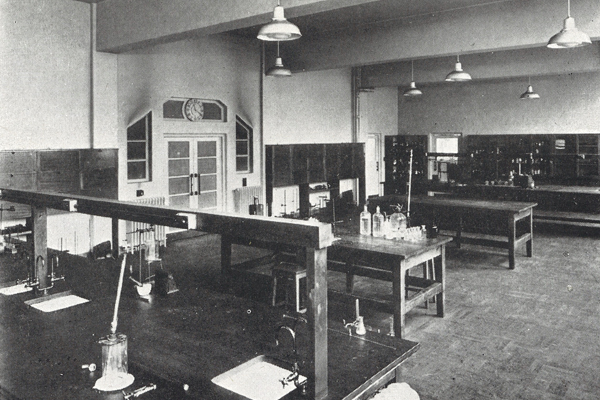 Junior teaching lab for Physical Chemistry 1953
Junior teaching lab for Physical Chemistry 1953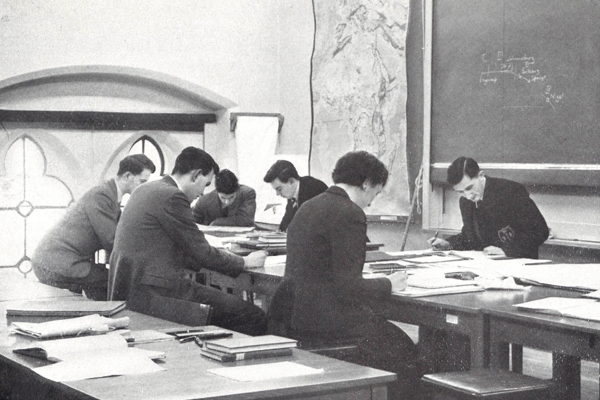 Department of Geology’s Junior Honours laboratory, December 1955
Department of Geology’s Junior Honours laboratory, December 1955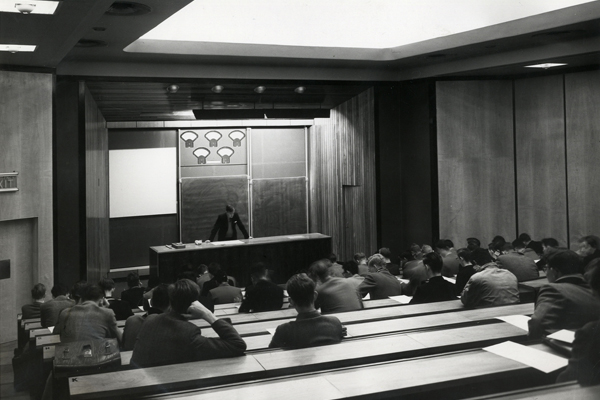 James Watt building lecture theatre, 1960
James Watt building lecture theatre, 1960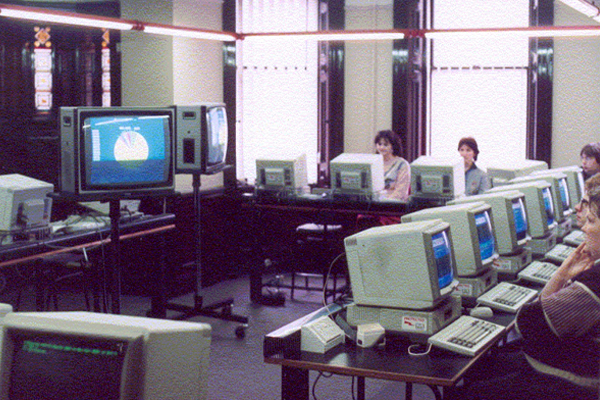 Computer lab 1988
Computer lab 1988